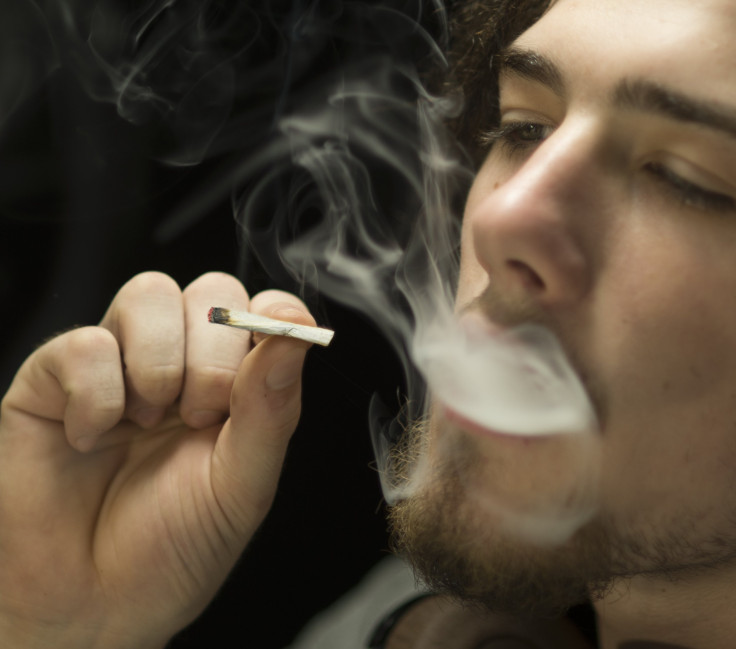Teen Drug Use: Fewer Teens Using Marijuana, Among Other Prescription, Illicit Drugs

Ever since Colorado and Washington first legalized marijuana in 2012, opponents have worried that it would lead to more use among teens. Two studies, however, found this to be untrue. In fact, while one found that it had remained about the same, another one found that it had dropped just a bit. Even teens in Oregon, where it was just legalized last month, don’t believe anything will change. And because of this, it should come as no surprise that teen marijuana use all over the country is dropping, according to the National Institute on Drug Abuse’s (NIDA) Monitoring the Future study.
The annual survey conducted by researchers at the University of Michigan looked at 8th, 10th, and 12th graders’ marijuana use among other drugs, such as prescription opioids, cigarettes, alcohol, ecstasy, and synthetic marijuana — this was the first year e-cigarettes were included, too. In virtually all categories, teen use dropped. When it came to overall marijuana use over the past year, figures dropped from 26 percent in 2013 to 24 percent in 2014 — the first drop in five years, USA Today reported. Breaking that down, the number of 8th graders using weed remained steady at 6.5 percent, while 16.6 percent of 10th graders and 21.2 percent of 12th graders used it.
“With the rates of many drugs decreasing, and the rates of marijuana use appearing to level off, it is possible that prevention efforts are having an effect,” said NIDA Director Dr. Nora D. Volkow, in a press release. “It is now more important than ever for the public health community to continue to educate teens, parents, teachers, community leaders, the media, and health care providers about the specific harms of drug use among teens, whose brains are still developing.”
If the credit goes to these prevention efforts, then it seems teens are getting the message. These drugs can be harmful if they’re abused. A study from September, for example, found that many teens were using marijuana to cope with their problems, a problem in and of itself, which can lead to dependency and the inability to soberly cope with stress. In August, psychologists led discussions at the American Psychological Association’s annual convention expressing concern about brain scans that found marijuana-using teens had more abnormalities in their brains’ gray matter.
Still, the majority of high school seniors said occasional pot use wasn’t harmful, with only 16.4 percent saying it put the user at a “great risk.” This notion is consistent with the rest of the general public’s on marijuana use, when compared to other drugs. It’s possible that teens are just getting smarter about the types of drugs and way in which they use them. Use of synthetic marijuana, a concoction of dried plant material and newly made chemicals, dropped to 5.8 percent from 7.9 percent in 2013 and 11.3 percent in 2012. The drug has been linked to multiple deaths, seizures, and hallucinations.
But despite drops across the board, there’s obviously still lots of work to do. First and foremost, however, should be encouraging proper work ethic in the school environment. By focusing on this, students are more likely to succeed. And according to a 2007 study from the university, students who have done well by 8th grade are the least likely to initiate drug use. “It is probably wishful thinking to suppose that reducing adolescent substance use will lead to substantial increases in educational success,” the authors wrote, according to a press release. “Rather, whatever can be done to improve the educational successes of children and adolescents will likely have a very valuable additional benefit — reducing their substance abuse.”
Published by Medicaldaily.com



























